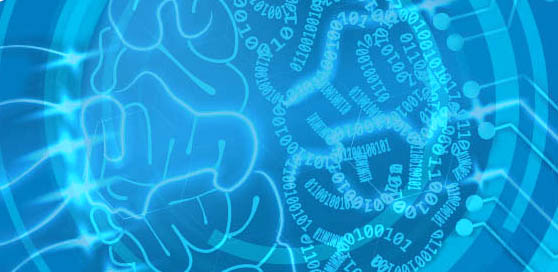The AI Frontier in Healthcare Automation: Navigating to a Smarter Data Future
How Can AI Benefit in Healthcare Automation? In the realm of healthcare, automation isn't just...

According to various predictions, artificial intelligence-driven machines will be better than humans at driving a truck by 2027, writing a best-selling book by 2049 and performing complicated surgery by 2053. Let know about how AI to Work in helpful.
But that’s in the decades to come – maybe. What’s real now, as 2019 slides into 2020, is the impact that Artificial Intelligence can have on your organization’s business processes.
A.I. is a vital part of Data Dimensions’ Shared Services-based automation solutions. By applying Robotic Process Automation (RPA), Machine Learning and Computer Visioning, as well as Data Analytics and Predictive Modeling, we can dramatically improve the speed and accuracy of your data processing.
Data Dimensions’ A.I. solution allows you to:
Data Dimensions’ A.I. algorithm is designed to replicate the way the human mind naturally processes and isolates characters and metadata on a billing form. This advanced algorithm enables accurate and efficient extraction of relevant information from documents, eliminating errors and delays commonly associated with traditional scanning methods.
Unlike traditional scanning techniques that rely on specific templates or fixed document formats, Data Dimensions’ A.I. algorithm can adapt to variations in document sizes, data locations, and formats. This flexibility allows the algorithm to handle a wide range of billing forms and other similar documents without compromising accuracy or efficiency.
The algorithm leverages the power of artificial intelligence and machine learning to analyze the visual and textual elements of a billing form. It employs sophisticated techniques such as optical character recognition (OCR), natural language processing (NLP), and computer vision to interpret and extract the required data accurately.
Subscribe to get fresh news and resources delivered straight to your inbox.